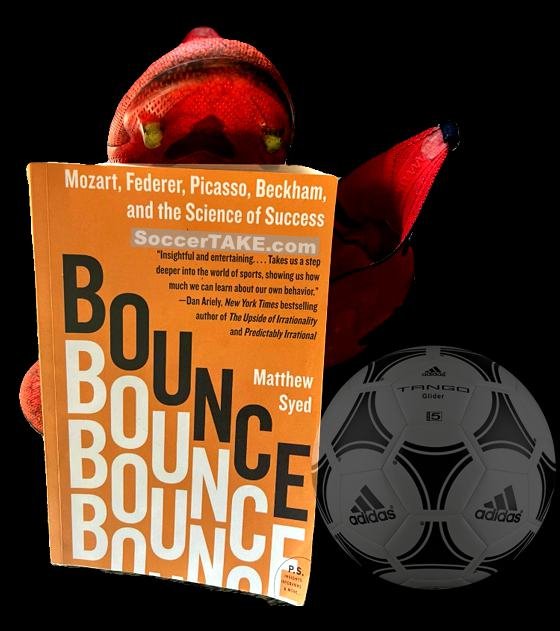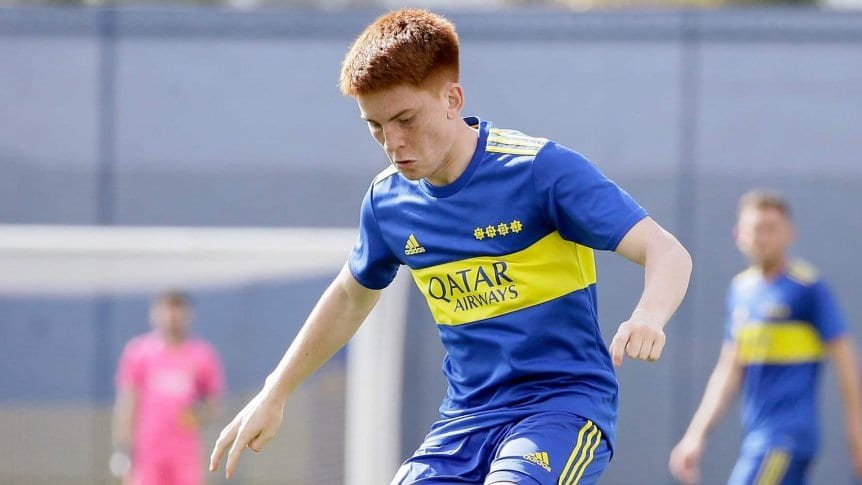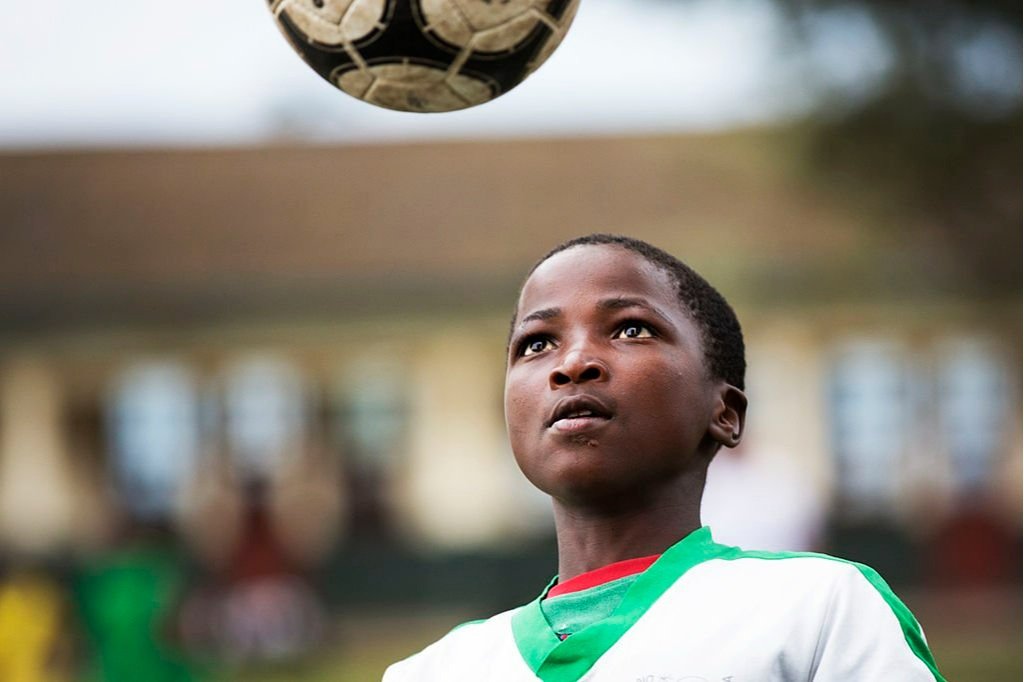Argentinian Soccer Players: What Distinguishes Them from European and American Players?
Unlocking the Secrets of Argentinian Soccer Excellence
Argentina has long been a cradle of soccer legends, from the mesmerizing skills of Diego Maradona to the unparalleled brilliance of Lionel Messi. The nation's ability to consistently produce world-class talent begs the question: What sets youth Argentinian soccer players apart from their European and American counterparts? This comprehensive analysis delves into the cultural, emotional, and developmental aspects that contribute to the unique identity of Argentinian soccer players. By exploring these dimensions, we aim to uncover the elements that make Argentina a perennial powerhouse in the world of soccer.
Cultural Foundations of Argentinian Soccer
Soccer as a National Identity
In Argentina, soccer is not merely a sport; it's an intrinsic part of the national identity. The game's significance transcends the boundaries of the pitch, influencing various facets of Argentine life, including politics, economics, and social interactions. The country's tumultuous history, marked by economic crises and political upheavals, has only strengthened the role of soccer as a unifying force.
"In Argentina, soccer is the lens through which people view the world. It's ingrained in our DNA," says César Luis Menotti, the coach who led Argentina to its first World Cup victory in 1978.
The sport serves as a communal experience that brings together people from diverse backgrounds. Whether it's a high-stakes match in a packed stadium or a casual game in a neighborhood park, soccer provides a platform for collective expression and shared emotions.
The Role of Family and Community
From an early age, Argentine children are introduced to soccer by family members. It's common to see fathers, uncles, and older siblings kicking a ball around with the youngsters in the family. This early exposure fosters not just skill development but also a deep emotional connection to the game.
Communities play a pivotal role as well. Local clubs, often run by community members, serve as the first formal training grounds for young players. These clubs are more than just sports facilities; they're social hubs that reinforce community bonds and instill values like teamwork, discipline, and respect.
The Passion
Emotional Investment
Argentinian players are renowned for their intense passion and emotional connection to the game. This is not a superficial display but a profound sentiment that influences their playing style and commitment.
"The passion you see in Argentinian players is a reflection of their life experiences. They play as if every game is their last," notes Fernando Palomo, a well-respected soccer commentator.
This emotional investment manifests in various ways—fiery on-field performances, heartfelt celebrations, and, at times, visible frustrations. It fuels their drive to win and adds an intangible quality to their gameplay that is hard to replicate.
Fan Support and Its Impact
The fervor of Argentinian fans is legendary. Stadiums like La Bombonera and El Monumental are known for their electrifying atmospheres. Fans chant, sing, and wave banners throughout the match, creating an environment that is both intimidating for opponents and invigorating for home players. The sheer passion of Boca Juniors’ supporters, for example, is world-famous, often making headlines for their intensity and dedication. Even celebrities have experienced this unique fan culture firsthand.
Take, for instance, Matt Damon’s unforgettable experience at a Boca Juniors match, where he witnessed the extremes of Argentinian football passion. In his own words, Damon describes the madness of the event, from navigating police barricades and barbed-wire fencing to understanding why no women or children were allowed to attend. The environment was so charged that fans had to be kept in temporary cages post-match to avoid altercations between rival supporters.
Here's American actor, Matt Damon recounting his wild experience at a Boca Juniors game:
This unwavering support has a profound impact on young players. Knowing that an entire community, or even a nation, stands behind them with so much passion adds a layer of motivation and responsibility. It pushes them to excel, not just for personal glory but for the pride of their people.
Developmental Paths of Argentinian Players
Street Soccer: The First School
For many Argentinian players, the journey begins in the streets. Street soccer is more than a pastime; it's a foundational training ground that shapes their style and skills. The unstructured nature of street soccer encourages creativity, improvisation, and quick thinking.
"Playing in the streets teaches you things no academy can. It's where you learn to read the game instinctively," Lionel Messi.
In tight spaces with uneven surfaces and improvised rules, players develop exceptional ball control and agility. These conditions force them to adapt quickly, enhancing their decision-making skills under pressure.
School and Local Clubs
While street soccer lays the groundwork, schools and local clubs provide the first formal introduction to organized soccer. However, unlike some European systems, the emphasis here remains on enjoyment and passion rather than strict tactical discipline.
Coaches at this level focus on nurturing talent rather than imposing rigid structures. The goal is to enhance natural abilities while instilling fundamental skills and sportsmanship. This balanced approach allows players to retain their individual flair while learning the importance of teamwork.
Youth Academies and Professional Grooming
Top Argentinian clubs like Boca Juniors, River Plate, and Independiente have established youth academies renowned for producing elite talent. These academies offer advanced training facilities, experienced coaching staff, and exposure to competitive matches.
At this stage, players receive specialized training that hones their technical abilities, tactical understanding, and physical fitness. The academies also focus on mental conditioning, preparing young athletes for the pressures of professional soccer.
"Our academies aim to create complete players—technically proficient, tactically aware, and mentally strong," explains Marcelo Gallardo, the celebrated coach of River Plate.
The transition from academy to professional ranks is often smoother in Argentina due to the opportunities provided by local leagues. Young players frequently get chances to showcase their talents in domestic competitions, accelerating their development.
Creativity and Flair
Argentinian players are celebrated for their creativity and flair on the pitch. This stems from their formative years playing street soccer, where improvisation is key.
Their ability to think outside the box results in unpredictable and exciting gameplay. Whether it's a sudden change of direction, a clever feint, or an audacious attempt on goal, these moments of brilliance can change the course of a match.
Resilience and Determination
Many Argentinian soccer players emerge from humble backgrounds, having faced significant economic and social challenges from a young age. These life experiences cultivate a profound sense of resilience and determination, essential traits that set them apart on the professional stage.
"The hardships faced off the pitch translate into determination on it," observes Marcelo Bielsa, a highly respected Argentine coach known for his analytical approach.
Growing up in environments where navigating adversity is a daily reality, Argentinian players develop a resilient mindset that is crucial for handling the intense pressures of professional sports.
This relentless pursuit of success is driven by a deep-seated desire to improve their circumstances through soccer, instilling a tenacity that fuels their performances on the field.
"The challenges we face off the pitch make us stronger and more determined to succeed on it," reflects Gabriel Batistuta, one of Argentina’s legendary strikers.
The benefits of overcoming such adversity extend beyond mere mental toughness. Facing and overcoming obstacles fosters a resilient mindset, enabling players to stay focused and composed under pressure. This resilience is complemented by an unwavering determination to excel, ensuring that players remain committed to their goals despite setbacks or failures. The combination of these traits not only enhances their individual performances but also contributes to the collective strength and spirit of their teams.
In essence, the ability to overcome adversity equips Argentinian players with the mental and emotional tools necessary to thrive in the highly competitive world of professional soccer. Their experiences off the pitch translate into a fierce competitiveness and an indomitable spirit on it, making them formidable opponents and invaluable assets to their teams. This resilience and determination, forged through personal and economic challenges, are key elements that distinguish Argentinian youth soccer players from their European and American counterparts, underscoring the unique strengths they bring to the global stage.
Coaches who have worked with Argentinian players often highlight their high soccer IQ and emotional intelligence.
"They possess an innate understanding of the game that goes beyond tactics. Their emotional connection drives them to exceed expectations," says Pep Guardiola, who coached Lionel Messi at FC Barcelona.
Paulo Dybala attributes their success to the love of the game instilled in them from a young age.
"We play for the love of the sport, for our families, and for our country. Money is secondary," Paulo Dybala, a prominent Argentine forward.
Comparing European and American Development Systems
The Structured European Approach
European soccer academies, especially in countries like Spain, Germany, and the Netherlands, are known for their structured methodologies. From a young age, players are introduced to specific playing philosophies and tactical frameworks.
While this approach produces technically sound and tactically astute players, critics argue that it can sometimes stifle creativity.
"European systems are excellent for developing discipline and tactical awareness, but they may not encourage the same level of individual expression you see in South American players," observes Arsène Wenger, former manager of Arsenal FC.
The American Emphasis on Athleticism Over Creativity
In recent years, the United States has made significant strides in developing its youth soccer infrastructure. The establishment of MLS academies and the introduction of Homegrown Player contracts have provided young talents with pathways to professional soccer without necessarily going through the collegiate system. This shift aims to align the U.S. with global standards by allowing players to enter the professional ranks at younger ages.
However, despite these advancements, the American development system often continues to emphasize physical attributes and athleticism. The focus on speed, strength, and endurance is prevalent at all levels of youth soccer in the U.S. This emphasis can sometimes come at the expense of developing technical skills and creativity on the ball.
"The U.S. has athletes in abundance, but soccer isn't just about physicality. It's about skill, vision, and creativity—areas where we still need improvement," notes Jürgen Klinsmann, former coach of the U.S. Men's National Team.
Coaching methodologies in the U.S. often prioritize physical conditioning and organized play over fostering individual flair and improvisation. Young players may be encouraged to play it safe, adhering strictly to tactics rather than exploring creative solutions on the pitch. This contrasts with countries like Argentina, where players are nurtured to express themselves freely, developing unique styles and techniques.
Challenges in Coaching and Scouting
The coaching landscape in the U.S. is diverse but can be inconsistent in quality. Many youth coaches focus on winning games and tournaments, which can lead to a more pragmatic and less developmental approach. This results in players who are tactically disciplined but may lack the creativity to change a game single-handedly.
Scouting in the U.S. also tends to favor physically imposing players, especially in the early teenage years. Talented players who may be smaller or less physically developed can be overlooked, despite possessing superior technical abilities and soccer intelligence.
Impact of the Pay-to-Play Model
The prevalent pay-to-play model in American youth soccer further exacerbates the issue. Access to high-level coaching and competitive teams often requires substantial financial investment, limiting opportunities for many talented players from less affluent backgrounds. This economic barrier can prevent technically gifted but financially disadvantaged players from reaching their full potential.
"The pay-to-play system excludes a vast pool of talent who can't afford the costs, and these are often the kids who play with the most creativity and passion," says Tab Ramos, former U.S. youth national team coach.
Comparative Lack of Street Soccer Culture
Unlike Argentina, where street soccer is integral to youth development, the U.S. lacks a pervasive street soccer culture. Informal play is less common, and children often engage in organized sports across various disciplines. This limits the unstructured environments where creativity and improvisation are naturally cultivated.
Progress and Future Directions
While the U.S. development system has its challenges, there are initiatives aimed at addressing these issues. Programs promoting futsal and street soccer are gaining traction, encouraging players to develop technical skills in smaller spaces. Some academies are adopting coaching philosophies that prioritize creativity and individual expression.
"We need to balance athletic training with technical and creative development. Only then can we produce players who can compete at the highest levels," asserts Gregg Berhalter, head coach of the U.S. Men's National Team.
Bottom Line
The unique blend of cultural significance, emotional depth, and developmental pathways sets youth Argentinian soccer players apart from their European and American counterparts. Their journey—from the streets to the world's biggest stadiums—is a testament to their passion, creativity, and resilience. As global soccer continues to evolve, the Argentine model offers valuable insights into nurturing not just skilled athletes but also passionate ambassadors of the sport.
By understanding these differences, coaches, scouts, and enthusiasts can appreciate the diverse ways in which soccer talent is cultivated around the world. Argentina's approach reminds us that while facilities and structured programs are important, the heart of the game lies in passion, community, and the sheer joy of playing.

























